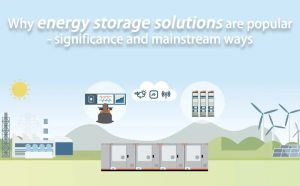Organic farming, a practice rooted in sustainable agriculture, offers a compelling alternative to conventional...
Imagine a landscape where trees and crops thrive together, not in competition but in...
The skies above battlefields are no longer solely dominated by manned aircraft. Unmanned aerial...
The realm of military capabilities is constantly evolving, propelled by the relentless pursuit of...
Navigating the complex world of business law can feel daunting, especially when you’re focused...
Launching a startup is a thrilling but challenging journey. Navigating the complexities of business...










